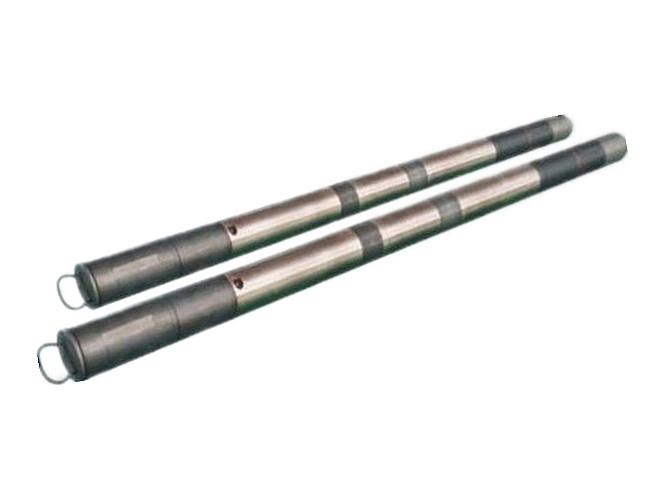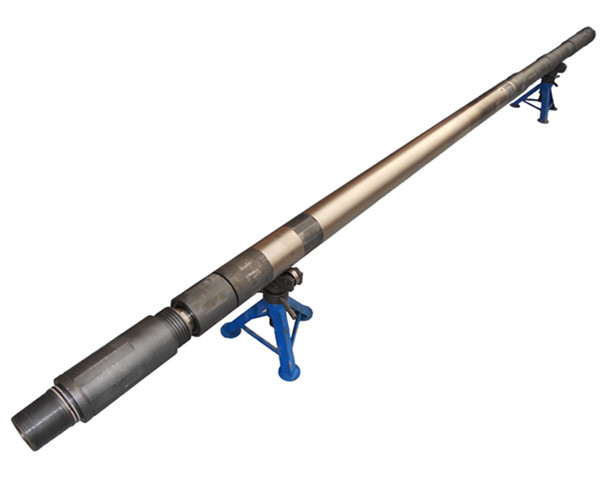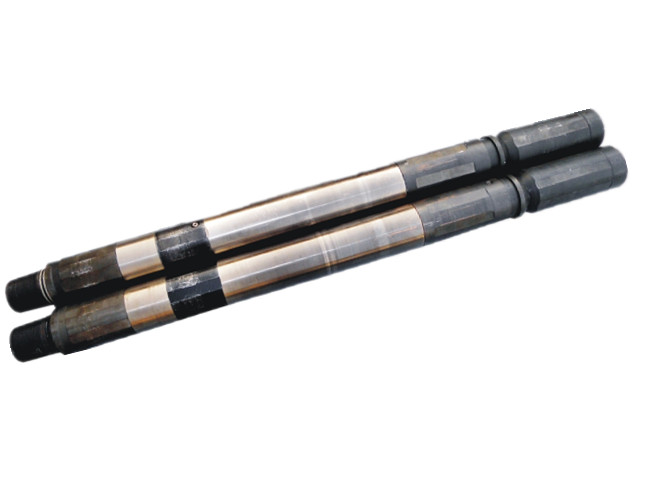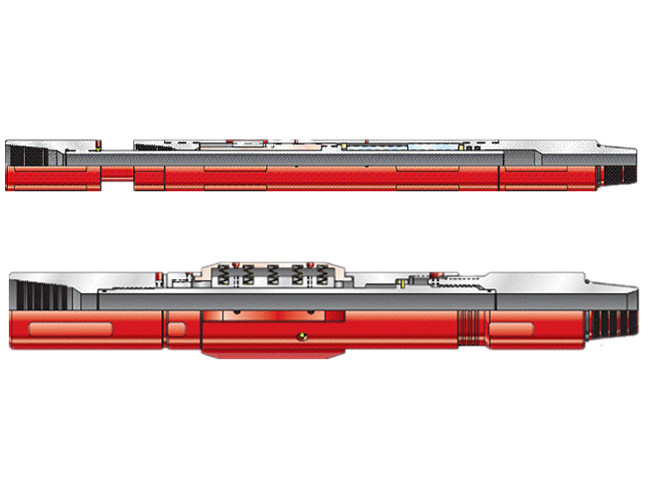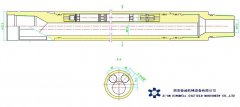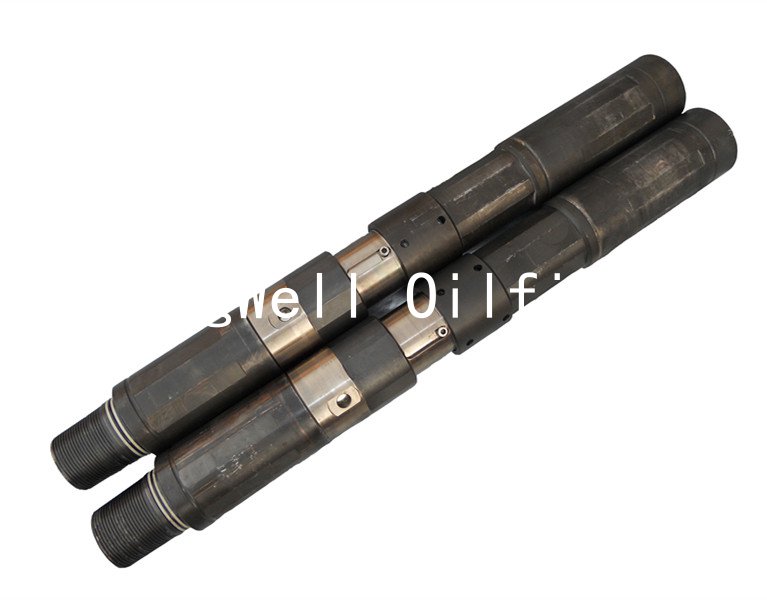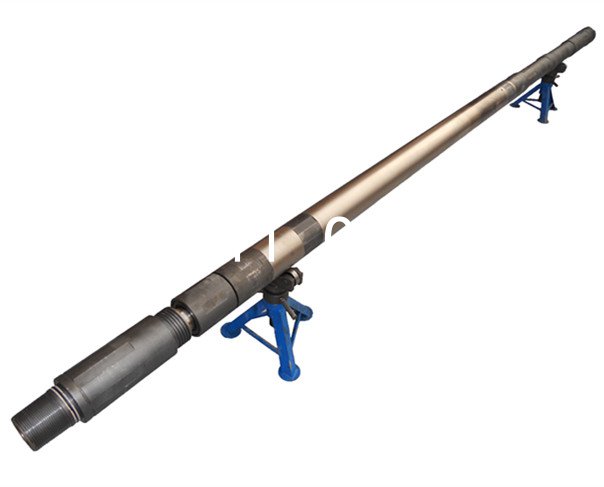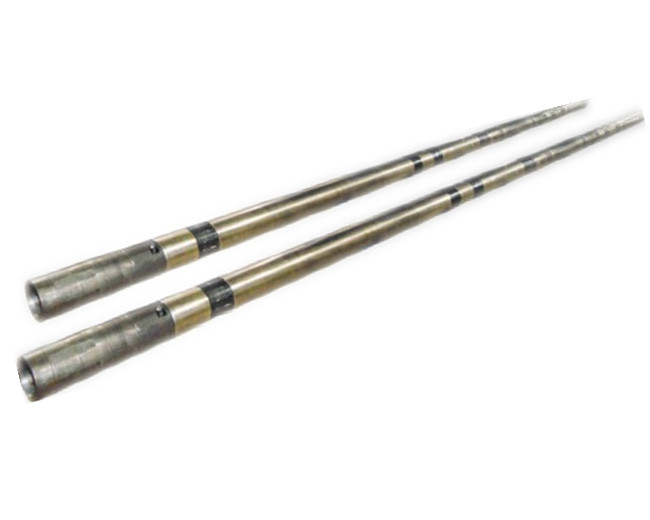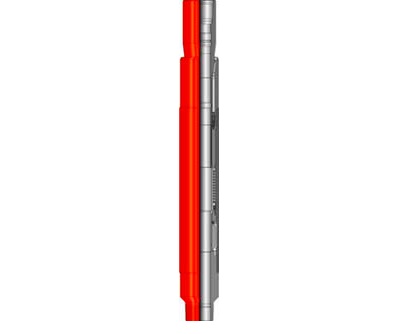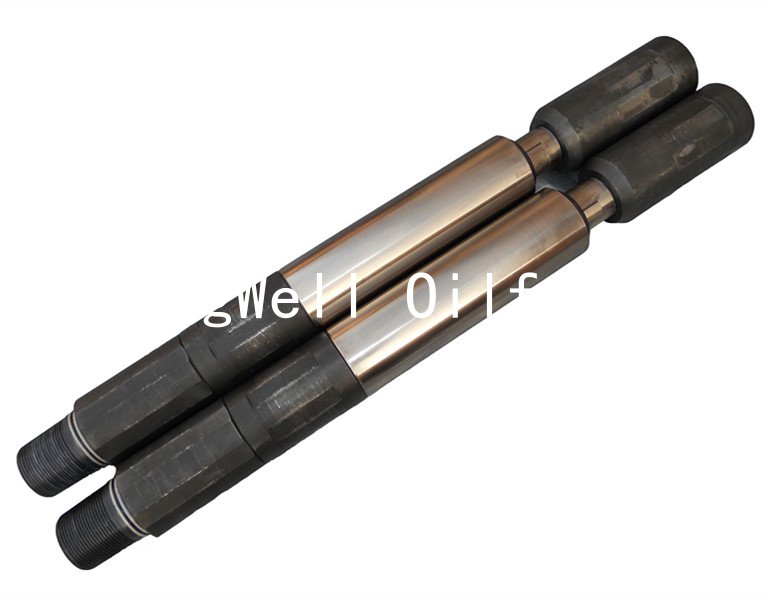An Overview of OCTG Piping Inspection Methods
August 22, 2012 in Blog, OCTG, Pipe by Tim Walshauser
octg1 An Overview of OCTG Piping Inspection MethodsBecause of the rising safety and environmental concerns that drilling poses, inspection of OCTG is more important than ever.
The inspection of OCTG systems is required for proof that the system meets the ever-changing API standards that OCTG suppliers must follow in production. In many cases, a third-party services provider will perform inspections. The company that provides the inspection may also offer services like refacing, cleaning, straightening, coating and water blasting to remedy problems that may be found in the OCTG system.
An OCTG inspection can involve nothing more than a trained human eye, or it can entail a complex variety of special tools and techniques. Inspections apply to rigs, derricks and masts, drill piping, drill tools, casing and tubing from OCTG pipe distributors.
A cracked pipe can be disastrous to an oil and gas company. Piping lies at the heart of an OCTG system and requires just as much testing as any other part of the system. It is necessary for both the inside and outside of the pipe to be tested. First and foremost, inspectors aim to identify potential damage and deterioration of the piping through cracks, dents, and corrosion. Inspectors go on to measure the thickness and straightness of the tubing, as well as inspect the threading for gaps or flaws at the thread roots.
Non-Destructive Testing (NDT)
It would be counter productive for something to be damaged while getting inspected for damage, and so inspection and maintenance companies strive for non-destructive testing (NDT) methods that will not damage the testing equipment. OCTG pipe distributors and OCTG suppliers also commonly use NDT before their product leaves the yard.
Magnetic Particle Inspection (MPI) and Electromagnetic Inspection (EMI), some of the more technological testing methods, use magnetic technology to check pipes for unseen transverse cracks or defects within the pipe.
By magnetizing a pipe, the presence of a surface or slightly below-surface flaw in the pipe allows the magnetic flux to leak, since air cannot hold as much magnetic field as metals. Iron particles are then applied to the pipe; if there is a crack present, the particles will be attracted to this area of the pipe. This spot is called an indication.
Ultrasonic technology can also be utilized to gain a three-dimensional view of a pipe’s flaw, as well as measuring thickness of the pipes through compression wave techniques.
Dye Penetrant Inspection (DPI) is a faster, cheaper alternative to the more expensive forms of testing. The pipe to be inspected is cleaned thoroughly to remove any substances and a fluorescent liquid is applied liberally to the surface and allowed to penetrate any cracks or cavities. After wiping away and surface dye, a developer powder is then applied to the surface to draw out the penetrant dye. Wherever dye is drawn up, that is where a cavity resides.
As one of the leading OCTG pipe distributors for over 20 years, St. Louis Pipe & Supply offers you competitive OCTG pipe pricing to set itself apart from other OCTG suppliers. Contact us today to get a quote.












